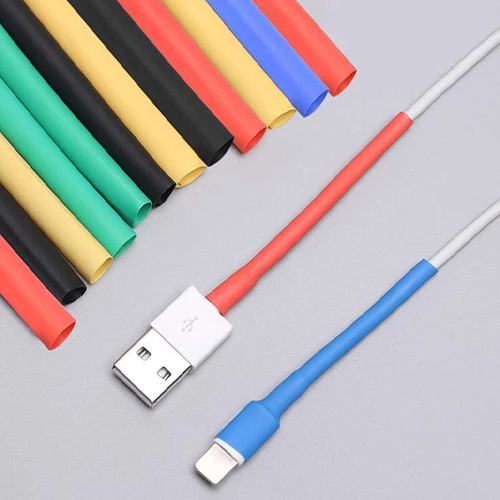 Heat shrink wire protection is an essential tool for anyone working with electrical systems, whether you’re a DIY enthusiast or a seasoned professional. It provides a reliable, durable way to insulate, seal, and protect electrical connections from environmental damage, wear, and tear. In this guide, we’ll cover the basics of heat shrink wire protection, its benefits, and how to use it.
Heat shrink wire protection is an essential tool for anyone working with electrical systems, whether you’re a DIY enthusiast or a seasoned professional. It provides a reliable, durable way to insulate, seal, and protect electrical connections from environmental damage, wear, and tear. In this guide, we’ll cover the basics of heat shrink wire protection, its benefits, and how to use it.
What Is Heat Shrink Wire Protection?
Heat shrink wire protection consists of a specially designed tube made of a polymer material. This tubing shrinks in diameter when exposed to heat, creating a tight seal around wires and cables. It is widely used for:
- Insulation: Preventing electrical shorts and protecting against external elements like water and dust.
- Strain Relief: Reducing stress on wires and connectors, preventing them from pulling apart.
- Repair: Restoring damaged insulation on wires.
- Bundling: Organizing multiple wires into a single, protected harness.
Benefits of Heat Shrink Tubing
- Enhanced Durability: Protects wires from abrasion, moisture, and chemicals.
- Professional Finish: Offers a clean, sleek appearance for electrical projects.
- Versatility: Available in various sizes, colors, and materials to suit different applications.
- Safety: Minimizes the risk of electrical shorts and enhances insulation.
Choosing the Right Heat Shrink Tubing
When selecting heat shrink tubing, consider the following factors:
- Shrink Ratio: Indicates how much the tubing will shrink in diameter. Common ratios are 2:1 and 3:1.
- Material: Options include polyolefin (most common), PVC, and specialty materials for high-temperature or chemical resistance.
- Diameter: Choose tubing that fits snugly over the wire before shrinking.
- Wall Thickness: Thicker walls provide more protection but may reduce flexibility.
- Color: Color-coded tubing can be used for organization and identification.
How to Use Heat Shrink Tubing
- Prepare the Wire: Strip the insulation from the wire ends, if necessary, and make the connections.
- Select the Tubing: Choose a heat shrink tube with an appropriate diameter and length.
- Slide the Tubing On: Place the tubing over the area you want to protect before making permanent connections.
- Apply Heat: Use a heat gun or another controlled heat source to evenly shrink the tubing. Avoid overheating to prevent damage.
- Inspect the Seal: Ensure the tubing has conformed tightly to the wire or connector without gaps or bubbles.
Common Applications
- Automotive Wiring: Protecting and organizing wires in cars and other vehicles.
- Home Electrical Repairs: Insulating frayed wires or securing splices.
- Marine Applications: Sealing electrical connections to prevent corrosion.
- Electronics: Organizing and insulating circuit board connections.
Tips for Success
- Use a heat gun for even heat distribution and precise control.
- Avoid open flames to prevent scorching the tubing.
- Store tubing in a cool, dry place to maintain its quality.
Heat shrink wire protection is a simple yet powerful tool that enhances the safety and longevity of your electrical projects. With the right tubing and proper application, you can ensure your connections remain secure and well-insulated for years to come.

